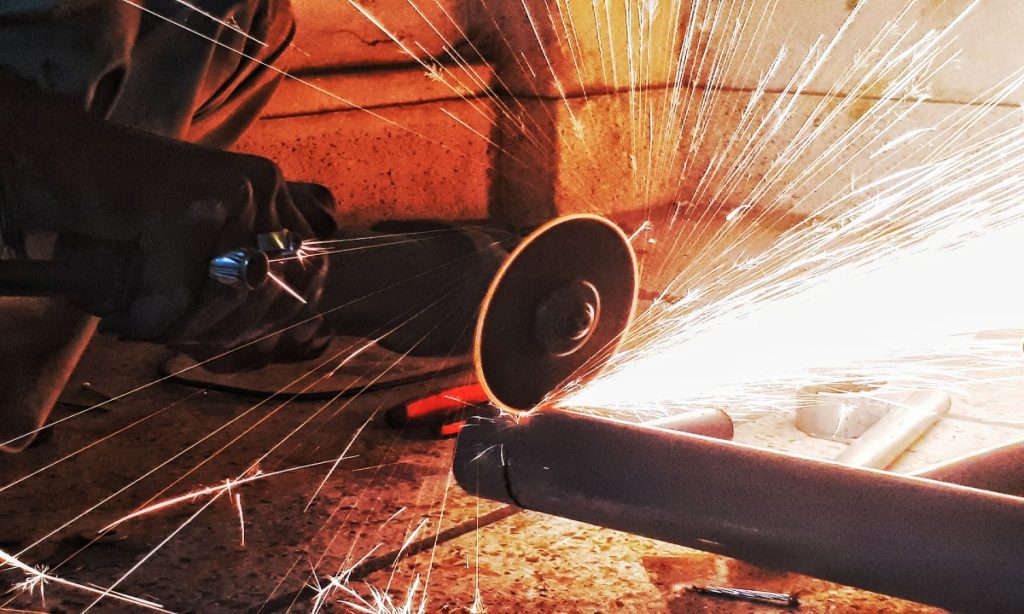What Type of Grinder Is the Most Precise For Excellent DIYs?

These days, people seem to associate the term “DIY” with little college projects. In reality, it could mean so much more, depending on how bold you can be at improving, building, and repairing stuff around the house. Serious DIY enthusiasts are often faced with the need for a power tool to buff, grind, cut, polish and sharpen stuff — and the best possible thing you can have in your toolkit for all that is an angle grinder!
It’s a handheld little machine that’s capable of doing all of the above with almost all common materials like metal, wood, tile, and even stone! Let’s have a closer look at what it is, and the factors you need to keep in mind to invest your money in the best possible one.
WHAT’S AN ANGLE GRINDER?
Angle grinders are handheld power tools that are commonly used for jobs like polishing, cutting, finishing, cutting, and as the name suggests, grinding. It all depends on the type of abrasive disc you’ve got installed, as you can swap them out and get several different applications out of your corded electric or battery-powered angle grinder.
ANGLE GRINDER: BUYER’S CHECKLIST
If you’ve decided to buy an angle grinder for DIY purposes, here are a few essentials to keep in mind.
Power source
You can choose between a corded and cordless angle grinder. You can also find air-powered pneumatic ones, but they’re a hassle to set up and mostly only used by professionals in their workshops, taking them out of this DIY discussion.
Corded ones have one major disadvantage: only being able to work near a power outlet, which could be a major or minor inconvenience depending on whether or not you have one near your “work desk”. In return, you get more power, and no battery anxiety to worry about.
A cordless angle grinder, on the other hand, offers complete freedom in terms of mobility and practicality. You can easily fit them into the tightest corners, but they’re not as capable as corded ones and can run out of juice just when you need them the most. You can work around that by alternating between two batteries, but swapping them out continuously is way more of a hassle than just plugging your tool in, and having it work for as long as you need it to at its maximum potential! The decision is all yours, and it mainly depends on your power needs, and how heavy of a user you plan on being.
Disc size
Professionals like big and bad angle grinders, while DIY enthusiasts like handy and portable ones like a disk that’s 4.5 or 5 inches in size. These are more comfortable to use and easily fit into smaller spaces easier, yet pack just enough power to handle any DIY sanding, grinding, or sharpening task that you can imagine.
Speed
Lastly, the speed of your handheld angle grinder is another key metric to consider before you push that “add to cart” button. Commonly, it’s measured and mentioned in RPM (rotations per minute), depicting how many times the grinding disk can rotate per minute at the maximum speed setting.
The heavier your cutting, grinding, or sanding needs, the faster speeds you’d want in your tool. For most DIY purposes, a grinder within an RPM range of around 8,000 should suffice.
BOTTOM LINE
The angle grinder is one of the most useful tools you can get for DIY needs like buffing, cutting, grinding, and polishing materials like wood, stone, metal, and tiles. But, if you don’t have much experience with them, be sure to keep the following factors in mind when you’re in the market for one.
